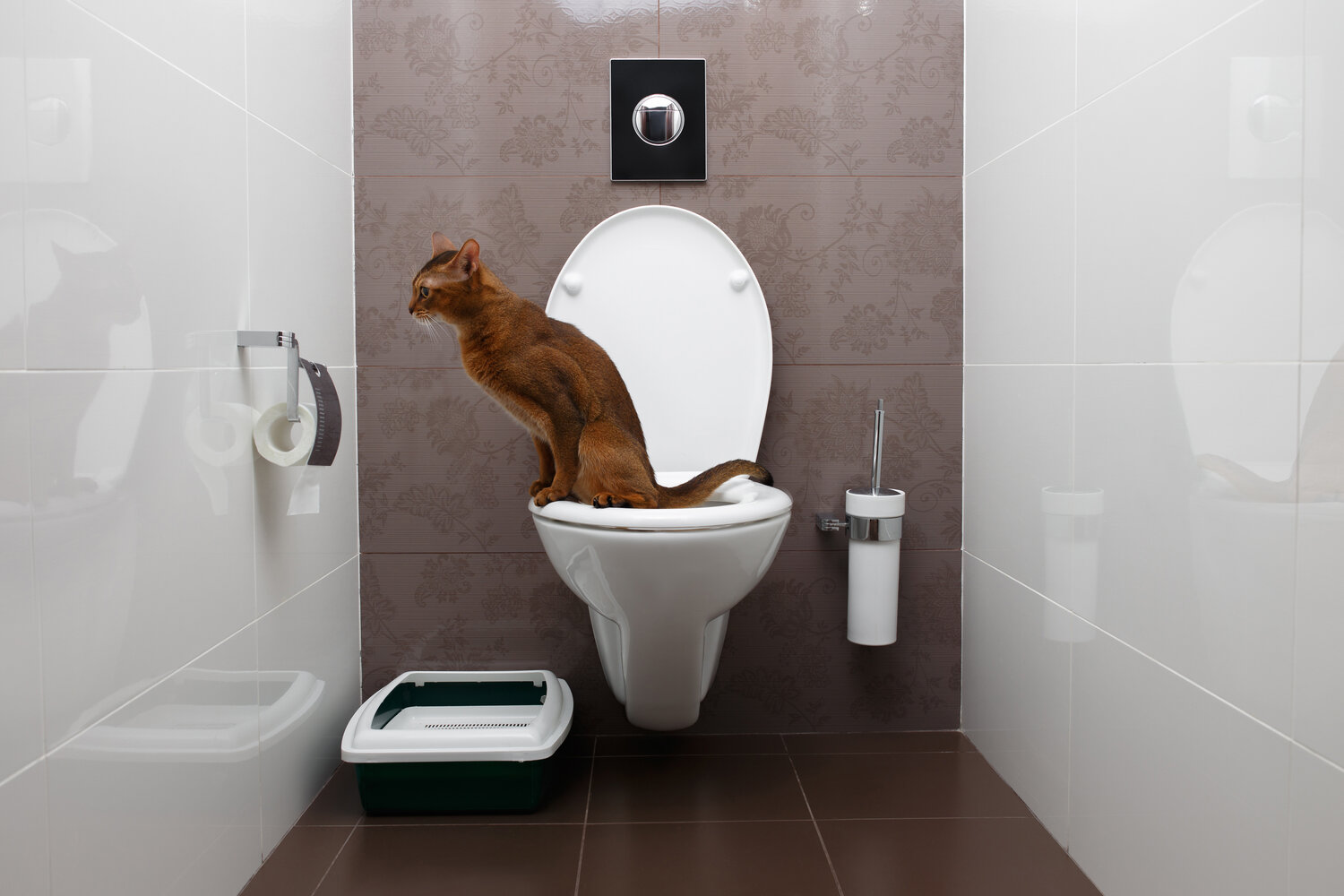

Articles
How To Train Cat To Use Toilet
Modified: October 19, 2024
Learn how to train your cat to use the toilet with this informative article. Find step-by-step instructions and expert tips for a hassle-free transition
(Many of the links in this article redirect to a specific reviewed product. Your purchase of these products through affiliate links helps to generate commission for Storables.com, at no extra cost. Learn more)
Introduction
Welcome to the fascinating world of toilet training your cat! While it may seem like an unusual concept, teaching your feline friend to use the toilet can bring convenience, cleanliness, and even a sense of accomplishment. No more messy litter boxes to clean, no more litter tracking through the house; instead, you can enjoy a house that smells fresh and clean, minus the hassle of traditional cat litter.
But why would you want to train your cat to use the toilet in the first place? Aside from the obvious benefits mentioned above, there are other compelling reasons to consider this endeavor. For one, it eliminates the need for regular litter box maintenance. Not only does this save you time and effort, but it also removes the need for purchasing and disposing of cat litter, making it more environmentally friendly.
Furthermore, toilet training can improve the overall hygiene and health of your cat. Traditional litter boxes can harbor bacteria and odors, which can lead to a variety of health issues for your furry friend. By transitioning them to using the toilet, you can minimize these risks and provide them with a cleaner and healthier environment.
Before we dive into the specific steps of toilet training, it’s important to prepare yourself and your cat for this journey. Patience and consistency are key as it can take time for your cat to adjust to this new routine. Stay positive, reward good behavior, and never punish your cat for accidents along the way.
Now, let’s get started on our mission to teach your cat the art of using the toilet!
Key Takeaways:
- Toilet training your cat offers convenience, cleanliness, and environmental benefits. It promotes hygiene, saves time and money, and strengthens the bond between you and your feline friend.
- Patience, positive reinforcement, and gradual transitions are key to successfully toilet training your cat. Celebrate milestones, troubleshoot challenges, and enjoy a cleaner, litter-free home with your toilet-trained feline companion.
Read also: 11 Amazing Cat Toilet Training Kit for 2025
Why Train Your Cat to Use the Toilet
Training your cat to use the toilet offers numerous advantages beyond the surface level convenience. Here are a few compelling reasons why you may consider embarking on this journey:
- Eliminates the Need for Litter Boxes: By teaching your cat to use the toilet, you can bid farewell to the hassle of cleaning and maintaining litter boxes. No more scooping, no more litter spills, and no more unpleasant odors in your home. Instead, you can enjoy a cleaner living space without the need for bulky litter boxes.
- Saves Time and Money: Traditional cat litter can be expensive and requires regular purchasing and disposal. By transitioning your cat to the toilet, you’ll be able to save money in the long run. Additionally, the time spent cleaning litter boxes can be better utilized elsewhere.
- Promotes Hygiene and Health: Traditional litter boxes can harbor bacteria and odors, which can pose health risks to both cats and their owners. By training your cat to use the toilet, you reduce the risk of bacterial infections and create a cleaner environment for your furry companion.
- Environmental Benefits: Cat litter is often made from non-biodegradable materials, contributing to environmental pollution. By eliminating the need for litter, you can minimize your carbon footprint and make a positive impact on the planet.
- Enhances Bonding and Trust: Toilet training your cat requires patience, consistency, and positive reinforcement. This bonding experience can strengthen the relationship between you and your cat, fostering trust and communication.
- Showcases Your Cat’s Intelligence: Training a cat to use the toilet is no small feat and demonstrates your pet’s intelligence and ability to learn. It’s a source of pride and can be a great conversation starter with friends and family.
While toilet training may not be suitable for all cats, those who successfully make the transition can enjoy a more convenient and hygienic lifestyle. So, if you’re up for the challenge, let’s move on to the next steps in preparing for toilet training!
Preparing for Toilet Training
Before embarking on the journey of toilet training your cat, it’s important to take certain steps to ensure a successful transition. Here are some essential preparations you should make:
- Gather Supplies: You’ll need a few supplies to set your cat up for success. These may include a litter box with flushable litter, a sturdy toilet seat insert, treats for positive reinforcement, and a clicker (if using clicker training).
- Choose the Right Time: Toilet training requires patience and consistency. Choose a time when you have the availability to dedicate time and attention to the training process. Avoid starting during periods of high stress or major changes in your cat’s environment.
- Introduce Your Cat to the Bathroom: Start by gradually introducing your cat to the bathroom, allowing them to explore and familiarize themselves with the surroundings. Make sure the bathroom is a calm, quiet space where your cat feels safe and comfortable.
- Adjust the Litter Box Placement: If your cat is used to a specific location for their litter box, gradually move it closer to the bathroom over a period of time. This will help them associate the bathroom with the act of elimination.
- Establish a Feeding Schedule: Consistency in your cat’s routine is crucial for successful toilet training. Establish a regular feeding schedule so that you can anticipate when they are more likely to use the toilet.
- Positive Reinforcement: Begin reinforcing positive behavior such as using the litter box or showing interest in the bathroom. Reward your cat with treats, praise, and affection when they exhibit these desired behaviors.
- Get Your Cat Comfortable with Height: Gradually increase the height of the litter box by placing it on a sturdy platform or step stool. This will help your cat become accustomed to the feeling of being elevated, preparing them for the transition to the toilet.
- Consider Clicker Training: Clicker training can be a useful tool in toilet training your cat. By associating the sound of a clicker with positive reinforcement, you can communicate and reinforce desired behaviors.
- Observe Your Cat’s Elimination Habits: Pay attention to your cat’s elimination habits, noting the times of day when they typically use the litter box. This will help you anticipate and guide them towards using the toilet.
By taking these preparatory steps, you’ll set the foundation for a smooth transition into toilet training. Remember, each cat is unique, and the process may vary. Stay patient, provide positive reinforcement, and be ready to adapt your approach as needed. In the next steps, we’ll dive into the specific techniques for toilet training your cat.
Step 1: Getting Your Cat Comfortable in the Bathroom
The first step in toilet training your cat is to help them associate the bathroom with a positive and safe environment. By gradually introducing them to this space, you’ll pave the way for a smoother transition. Here’s how:
- Open the Bathroom Door: Start by keeping the bathroom door open to allow your cat to explore the area at their own pace. Place a comfortable bed or blanket in the bathroom to create a cozy spot for them to relax.
- Encourage Playtime in the Bathroom: Entice your cat to spend time in the bathroom by bringing their favorite toys or treats into the space. Engage in play sessions and provide positive reinforcement when they exhibit curiosity and interest in the bathroom.
- Provide a Litter Box in the Bathroom: Introduce a second litter box in the bathroom alongside the existing litter box in its usual location. This will help your cat associate the bathroom with the act of elimination.
- Gradually Move the Litter Box: Over time, start moving the litter box in small increments towards the bathroom. Each day, move the litter box a few inches closer until it reaches its final destination in the bathroom.
- Associate Positive Experiences: When your cat uses the litter box in the bathroom, offer treats, praise, and affection as positive reinforcement. This will help them associate using the bathroom with rewards and reinforce the desired behavior.
- Allow Privacy: Cats value their privacy when using the litter box. Ensure that the bathroom provides a secluded and quiet space for them to feel comfortable while eliminating.
- Be Patient: The goal is to gradually acclimate your cat to the bathroom environment, so be patient and allow them to adjust at their own pace. Some cats may take longer than others to feel completely comfortable.
Remember, the key to success in this step is always providing positive reinforcement and creating a positive association with the bathroom. By helping your cat feel at ease and secure in this new space, you’ll lay the groundwork for the next steps in the toilet training process.
Step 2: Introducing the Litter Box in the Toilet
Once your cat is comfortable in the bathroom, it’s time to start the transition from the traditional litter box to the toilet. This step involves introducing a litter box that is placed on top of the toilet seat. Here’s how to proceed:
- Choose a Litter Box Insert: Look for a sturdy and stable litter box insert that fits securely on top of the toilet seat. There are various options available, including disposable and reusable inserts.
- Place the Litter Box Insert on the Toilet: Set up the litter box insert on top of the closed toilet seat. Ensure that it is securely positioned so that it doesn’t slide or shift when your cat uses it.
- Add Litter to the Box: Fill the litter box with your cat’s familiar litter. This will help your cat adjust to the new location while maintaining their preferred litter substrate.
- Show Your Cat the New Setup: Gently guide your cat to the bathroom and show them the litter box on the toilet. Allow them to explore and sniff the new setup at their own pace.
- Monitor Your Cat’s Behavior: Observe how your cat reacts to the new litter box location. Some cats may immediately start using it, while others may need more time to adjust. Be patient and provide positive reinforcement for desired behavior.
- Gradually Raise the Litter Box: Once your cat becomes comfortable using the litter box on the toilet, gradually raise the litter box by placing books or a platform underneath it. This will adjust your cat to the increased height over time.
- Continue Positive Reinforcement: Consistently reward your cat with treats, praise, and affection every time they successfully use the litter box on the toilet. This reinforces the desired behavior and encourages them to continue using it.
- Monitor for Accidents: It’s normal for accidents to happen during this transition phase. If your cat has an accident outside the litter box, clean it up without scolding your cat. Stay patient and continue with the training process.
In this step, your cat will begin associating elimination with the act of being on the toilet. With patience and positive reinforcement, your cat will soon become comfortable using the litter box on the toilet seat. Once they consistently use the litter box on the toilet, you can proceed to the next step of the training process.
Start by placing the litter box next to the toilet, then gradually raise it to the height of the toilet. Once your cat is comfortable, switch to a special training seat that fits over the toilet bowl. Gradually increase the size of the hole in the seat until your cat is using the toilet directly.
Read more: How To Train A Stray Cat To Use A Litter Box
Step 3: Gradually Transitioning to the Toilet Seat
Now that your cat is accustomed to using the litter box on the toilet, it’s time to begin the process of transitioning them to eliminate directly on the toilet seat. This gradual transition ensures that your cat feels secure and comfortable throughout the process. Follow these steps:
- Use a Toilet Seat Reducer: Purchase a toilet seat reducer or a similar product designed for cats. This will provide a smaller and more stable surface for your cat to stand on while using the toilet.
- Place the Reducer on the Toilet Seat: Install the toilet seat reducer on your toilet seat, following the manufacturer’s instructions. Ensure that it fits securely and doesn’t wobble to avoid scaring or startling your cat during use.
- Modify the Litter Box: Gradually decrease the amount of litter in the litter box, week by week. This will help your cat get accustomed to the feeling of standing on a solid surface and eliminate the need for litter altogether.
- Guide Your Cat onto the Reducer: Gently guide your cat onto the toilet seat reducer when it’s time for them to eliminate. Use positive reinforcement and treats to encourage them to stand comfortably on the reducer and go through their normal elimination routine.
- Be Patient and Consistent: Transitioning your cat to the toilet seat may take time and require patience. If your cat seems hesitant or unsure, continue to provide positive reinforcement and allow them to gradually adjust to the new surface.
- Support Your Cat: Some cats may need additional support during this transition. Consider using a sturdy step stool or providing a secure surface beside the toilet for your cat to place their front paws on while eliminating.
- Continue with Positive Reinforcement: Reward your cat each time they successfully eliminate on the toilet seat. Positive reinforcement helps reinforce the desired behavior and strengthens the association between the toilet and elimination.
- Monitor and Clean Accidents: Accidents may occur during this transition phase. If your cat misses the toilet or has an accident, clean it up without scolding your cat. Focus on reinforcing the correct behavior and remain consistent in your training approach.
Remember, each cat progresses at their own pace, so be patient and adapt your training approach as needed. By gradually transitioning your cat to the toilet seat, you are one step closer to a litter-free household and a fully toilet-trained cat.
Step 4: Removing the Litter Box
Congratulations! You’re now ready to take the next step in toilet training your cat. In this step, we will focus on gradually removing the litter box altogether and transitioning your cat to using the toilet seat as their primary elimination spot. Here’s how to proceed:
- Monitor Your Cat’s Progress: Observe your cat’s behavior and bathroom habits. If they consistently use the toilet seat for elimination while the litter box is present, it’s a good indication that they are ready to move forward.
- Remove the Litter Box Gradually: Start by removing the litter box from the bathroom entirely for short periods of time, such as during the day when you’re at work or overnight while you sleep.
- Reintroduce the Litter Box as Needed: If your cat shows signs of distress or refuses to use the toilet seat without the litter box, temporarily bring it back into the bathroom. Give your cat time to adjust and become comfortable again before attempting to remove the litter box once more.
- Keep a Close Eye on Accidents: Accidents may occur during this time, especially during the initial stages of removing the litter box. Clean up accidents without scolding your cat and maintain a positive and patient approach to the training process.
- Gradually Increase the Duration: Slowly increase the duration of time without the litter box. For example, leave it out for a few hours longer each day until your cat consistently uses the toilet seat without the need for a backup litter box.
- Continue Positive Reinforcement: Reward your cat each time they successfully use the toilet seat instead of the litter box. Positive reinforcement is crucial to reinforce the desired behavior and motivate your cat to continue using the toilet.
- Monitor for Any Discomfort or Stress: Watch for any signs of discomfort or stress in your cat throughout this process. If they become consistently anxious or resistant to using the toilet seat, consult with a veterinarian or professional trainer for guidance and support.
- Be Patient and Consistent: Removing the litter box can be a significant adjustment for your cat. Stay patient, be consistent with your training approach, and continue providing a positive and supportive environment for your feline companion.
Each cat is unique, and the duration of this step may vary. Some cats may take to toilet training quickly, while others may require more time and patience. Stay committed to the process and celebrate each milestone as you move closer to having a fully toilet-trained cat.
Step 5: Teaching Your Cat to Flush the Toilet
Now that your cat has successfully transitioned to using the toilet seat for elimination, you can take your toilet training to the next level by teaching your cat to flush the toilet. Here’s how to proceed with this step:
- Associate the Sound of Flushing: Begin by associating the sound of flushing with a positive experience for your cat. Each time you flush the toilet, offer your cat a treat or praise them. This will help them make a positive connection between the flushing sound and a reward.
- Introduce a Flushable Toy: Place a flushable toy, such as a small rubber ball, in the toilet bowl. Encourage your cat to swat at the toy and watch it swirl around the bowl when you flush the toilet. Reward them with praise and treats for showing interest in the flushing process.
- Use a Command Cue: Introduce a specific command cue, such as “Flush,” when you flush the toilet. Repeat the cue each time, before offering a treat or praise to your cat. This will help them associate the command with the flushing action.
- Guide Your Cat’s Paw: Gradually guide your cat’s paw towards the toilet handle or lever when you say the command cue. Give them gentle encouragement and reward them for touching or pressing the handle. Repeat this step daily until your cat becomes comfortable with the action.
- Gradually Increase Paw Pressure: Over time, slowly increase the amount of pressure your cat applies to the toilet handle. Continue to provide positive reinforcement and rewards for their efforts. This step requires patience and consistent training to ensure your cat remains comfortable and willing to engage in the flushing process.
- Be Ready to Assist: Some cats may never fully grasp the concept of flushing the toilet independently. In such cases, be prepared to assist by manually flushing the toilet after your cat finishes using it. Offer treats and praise to reinforce the act of elimination on the toilet seat.
- Monitor for Any Signs of Stress: Pay attention to your cat’s behavior throughout this training process. If they show signs of stress, fear, or resistance to the flushing action, reassess their comfort level and consult with a veterinarian or professional trainer for guidance.
- Continued Positive Reinforcement: Regardless of whether your cat successfully learns to flush the toilet independently or requires assistance, continue to provide positive reinforcement each time they use the toilet seat for elimination. Celebrate their progress and reward them for their efforts.
Remember that teaching your cat to flush the toilet is an advanced skill and may not be achievable for every feline. The focus should always be on creating a positive and comfortable experience for your cat during the toilet training journey. With patience, consistency, and positive reinforcement, your cat will continue to thrive in their toilet training endeavors.
Step 6: Troubleshooting Common Issues
Throughout the process of toilet training your cat, you may encounter some common issues or challenges. Don’t fret, as these issues can be addressed with a little patience and problem-solving. Here are some common problems you may come across during the toilet training process, along with potential solutions:
- Accidents Outside the Toilet: If your cat has accidents outside the toilet, clean up the mess without scolding your cat. Review the training steps and ensure that you’re being consistent with positive reinforcement. Consider taking a step back and reinforcing the previous step if necessary.
- Reluctance or Fear: Some cats may be hesitant or fearful of using the toilet. Gradually reintroduce steps, providing extra support or reassurance. Use enticing treats and positive reinforcement to build confidence and make the experience more enjoyable for your cat.
- Lack of Progress: If your cat is not progressing as quickly as expected, review your training approach. Assess if you’re being consistent with positive reinforcement, maintaining a calm environment, and providing appropriate guidance. Consider consulting with a professional trainer or veterinarian for personalized advice.
- Preference for Litter Box: If your cat shows a strong preference for the litter box, assess their comfort on the toilet seat. Ensure the surface is stable, clean, and free of any odors or distractions. Experiment with different types of litter that can be gradually reduced until eliminated.
- Physical Limitations: Some cats with physical limitations may struggle with using the toilet. If your cat has mobility issues or struggles with balance, consult with a veterinarian for advice on alternative options, such as specialized ramps or platforms.
- Regression: Cats, like humans, can experience periods of regression. If your cat regresses in their toilet training progress, be patient and revert to previous steps or reintroduce the litter box temporarily. Reinforce positive behaviors and gradually reintroduce the toilet seat training.
- Urinary or Bowel Issues: If your cat experiences urinary or bowel issues during the training process, consult with a veterinarian. These issues may be unrelated to toilet training and require medical attention.
- Unwillingness to Flush: If your cat shows no interest in learning to flush, it’s important to remember that this is an advanced skill. Focus on the primary goal of using the toilet seat for elimination. If desired, you can continue to encourage and reward your cat for any progress made towards learning the flushing action.
Remember, each cat is unique, and the time it takes to overcome challenges may vary. Stay patient, maintain a positive attitude, and adjust your approach as needed. With persistence and love, you’ll overcome any hurdles and achieve a fully toilet-trained cat.
Read more: How To Train Cats To Not Scratch Furniture
Conclusion
Congratulations on taking the initiative to toilet train your cat! Through each step of the process, you’ve worked towards creating a more convenient, hygienic, and litter-free environment for both you and your feline companion. The journey of toilet training may have had its ups and downs, but with patience, consistency, and positive reinforcement, you’ve made significant progress.
By transitioning your cat from a traditional litter box to using the toilet, you’ve eliminated the hassle of litter maintenance, reduced environmental waste, and promoted better hygiene for your cat. Not only have you enhanced convenience and cleanliness in your home, but you’ve also deepened the bond with your furry friend through the training process.
Remember to always be patient and understanding as each cat progresses at their own pace. Celebrate every milestone achieved, whether it’s using the toilet seat for elimination or even learning to flush. Setbacks and challenges are normal, but with perseverance, you can overcome them and continue moving forward.
If at any point you encounter difficulties or have concerns, don’t hesitate to seek guidance from a professional trainer or veterinarian. They can provide personalized advice and support to help you navigate any unique circumstances or issues that arise during the training process.
Lastly, remember that toilet training your cat is a journey, and it’s essential to make adjustments to the training approach based on your cat’s individual needs and comfort level. Keep reinforcing positive behavior, maintain a calm and supportive environment, and continue to provide love and care throughout the process.
Through your dedication and effort, you’re creating a happier, cleaner, and more harmonious living environment for both you and your cat. Enjoy the satisfaction of having a toilet-trained feline companion and cherish the bond that grows stronger with each successful milestone achieved. Happy toilet training!
Frequently Asked Questions about How To Train Cat To Use Toilet
Was this page helpful?
At Storables.com, we guarantee accurate and reliable information. Our content, validated by Expert Board Contributors, is crafted following stringent Editorial Policies. We're committed to providing you with well-researched, expert-backed insights for all your informational needs.


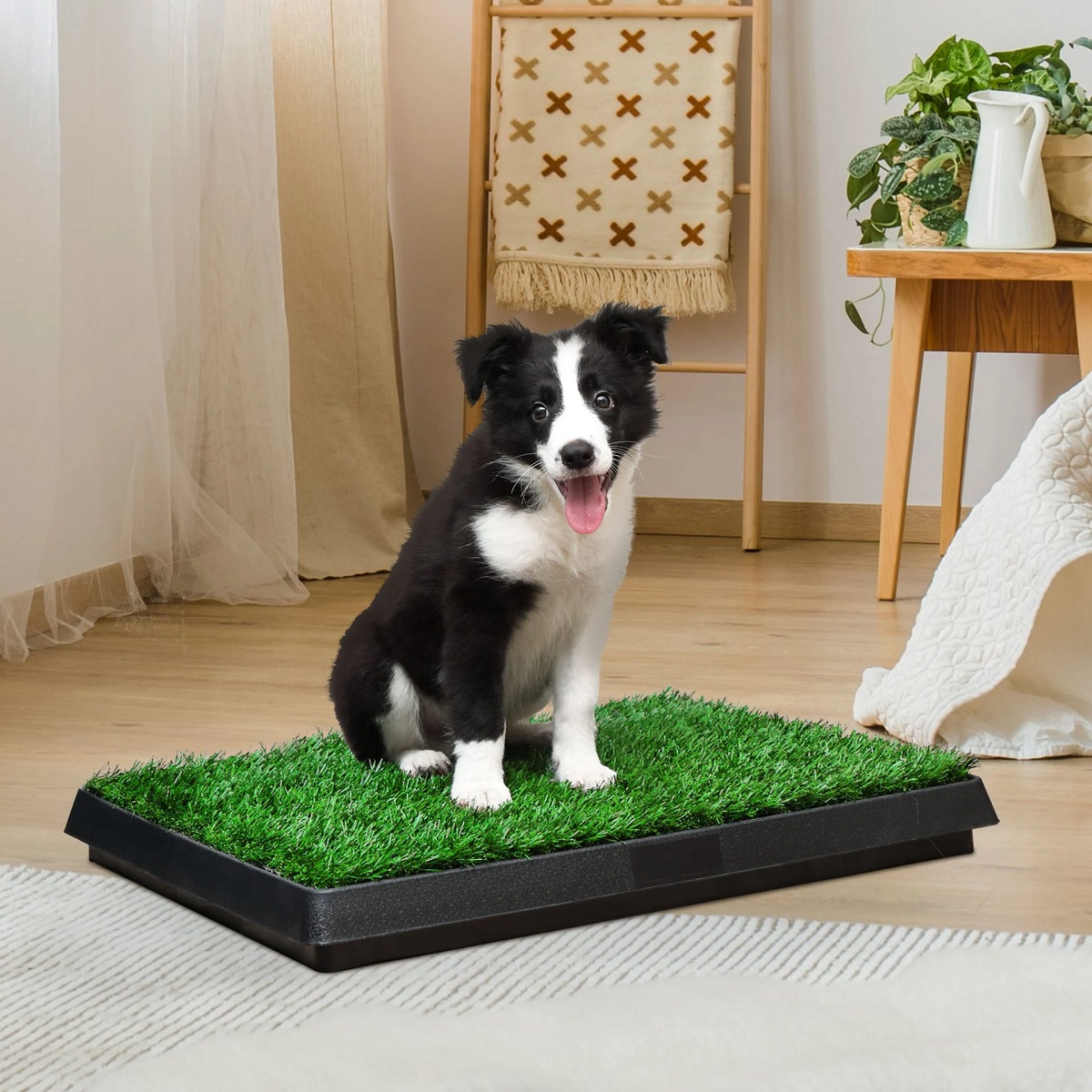
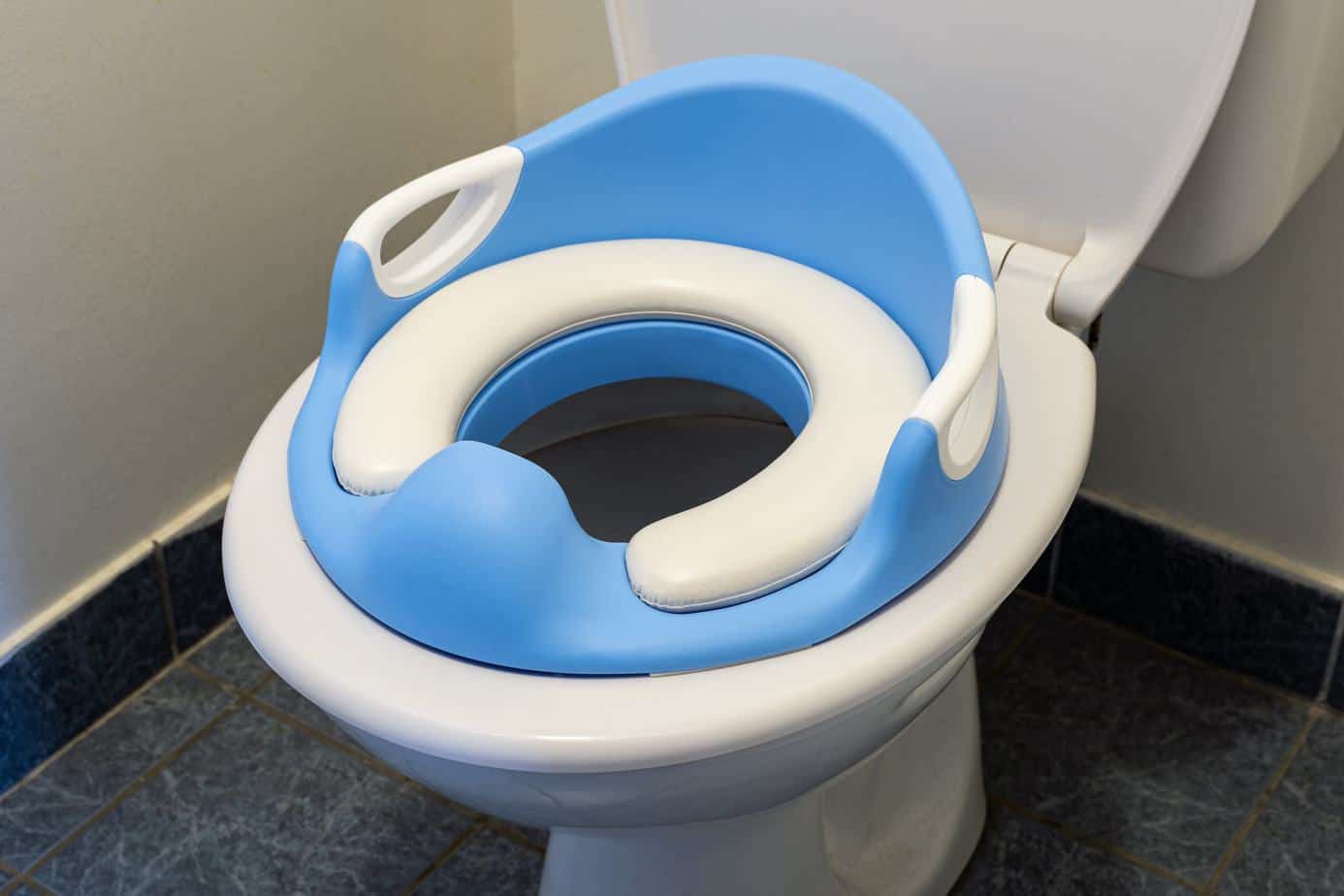
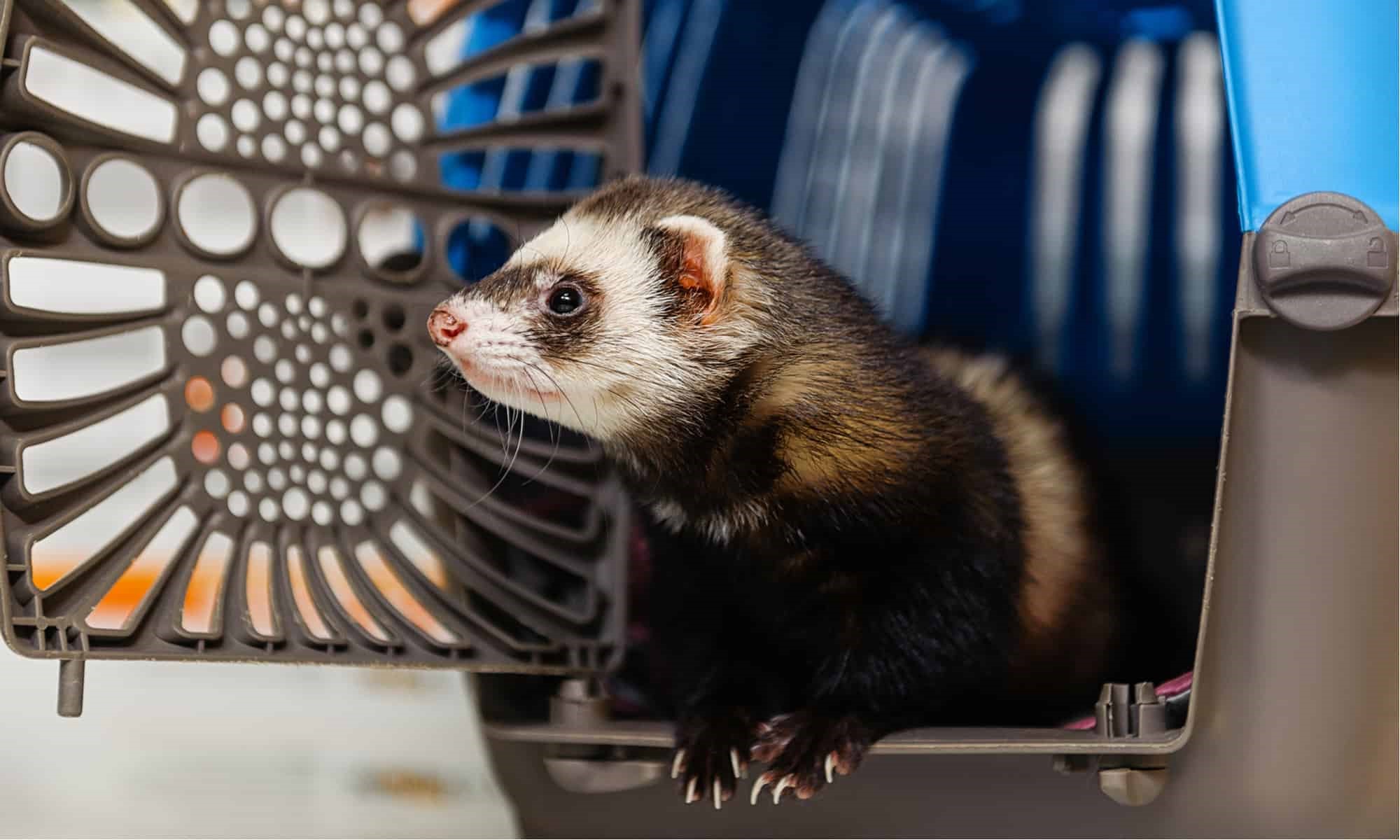
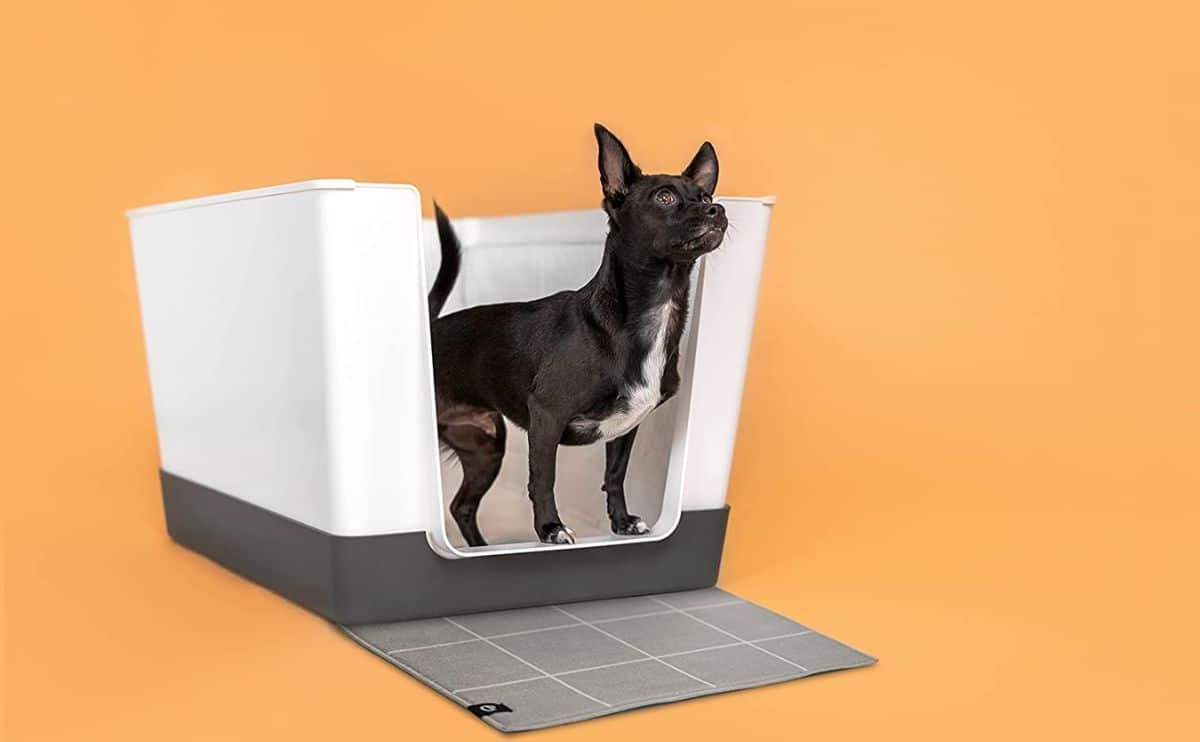

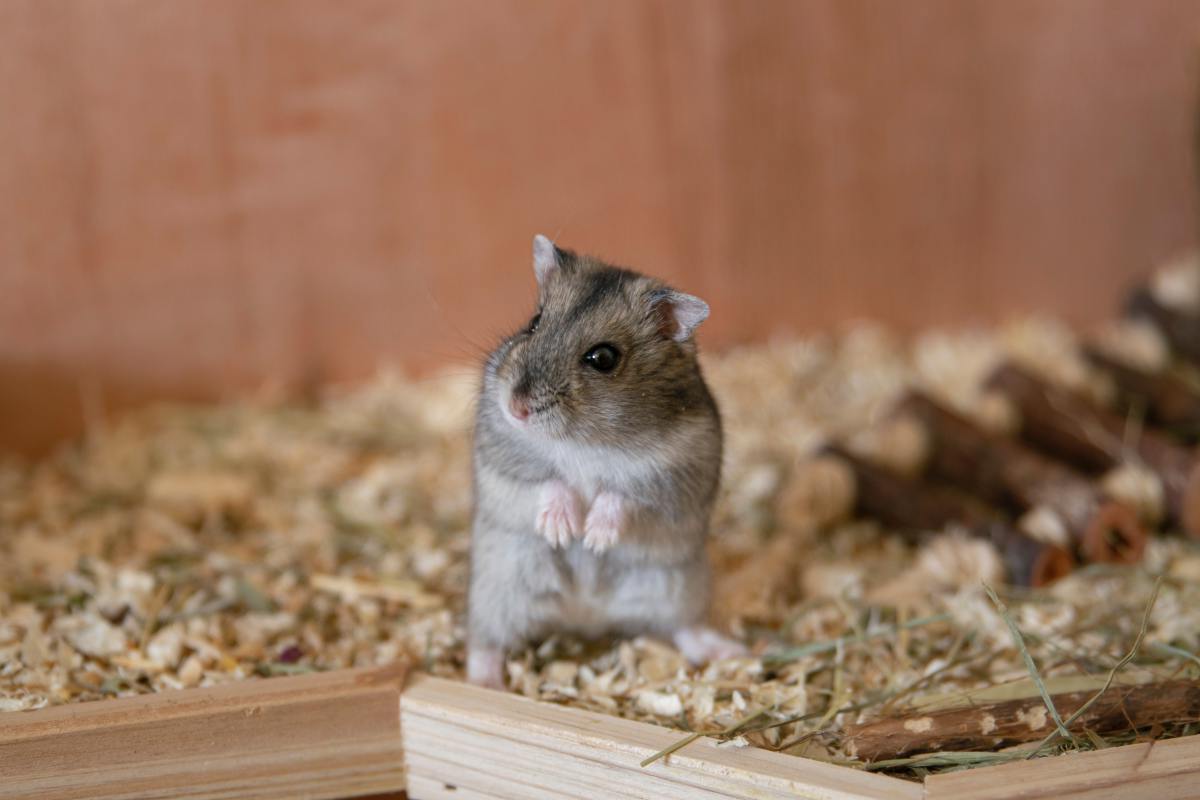
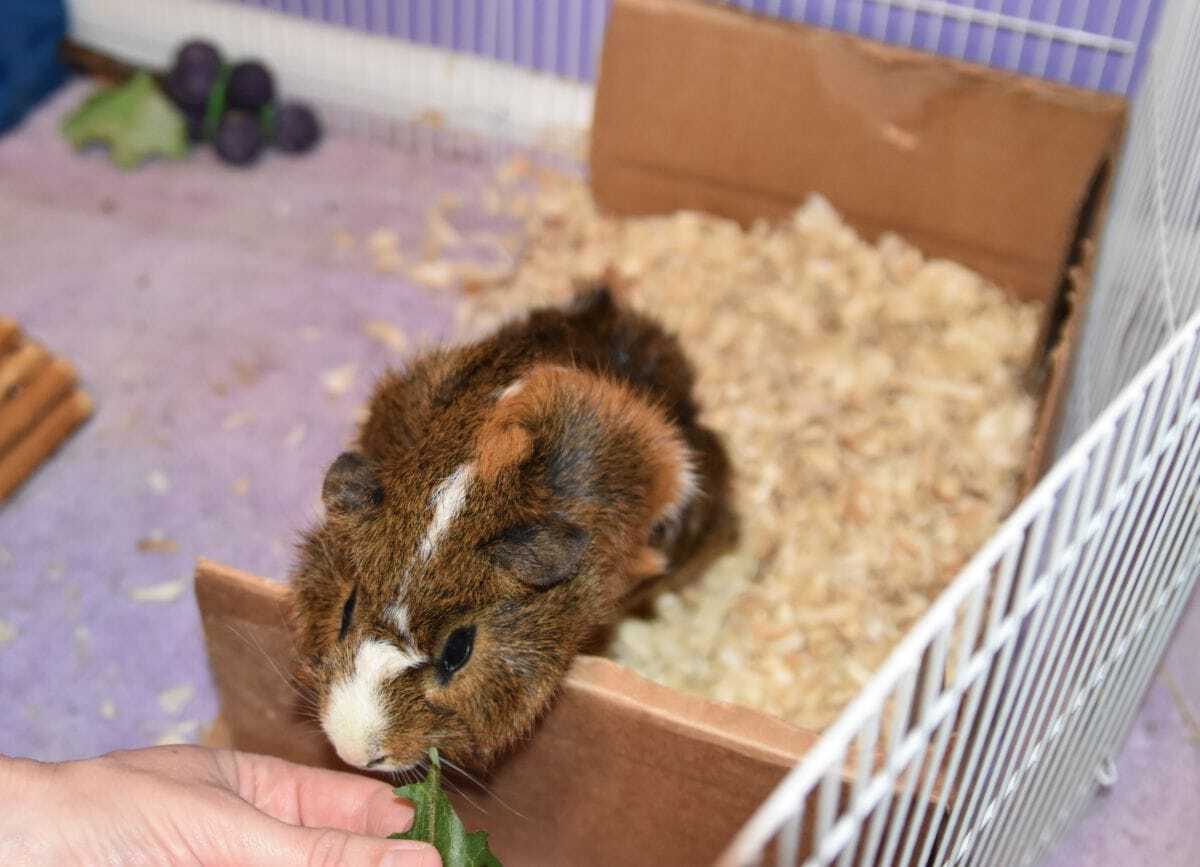

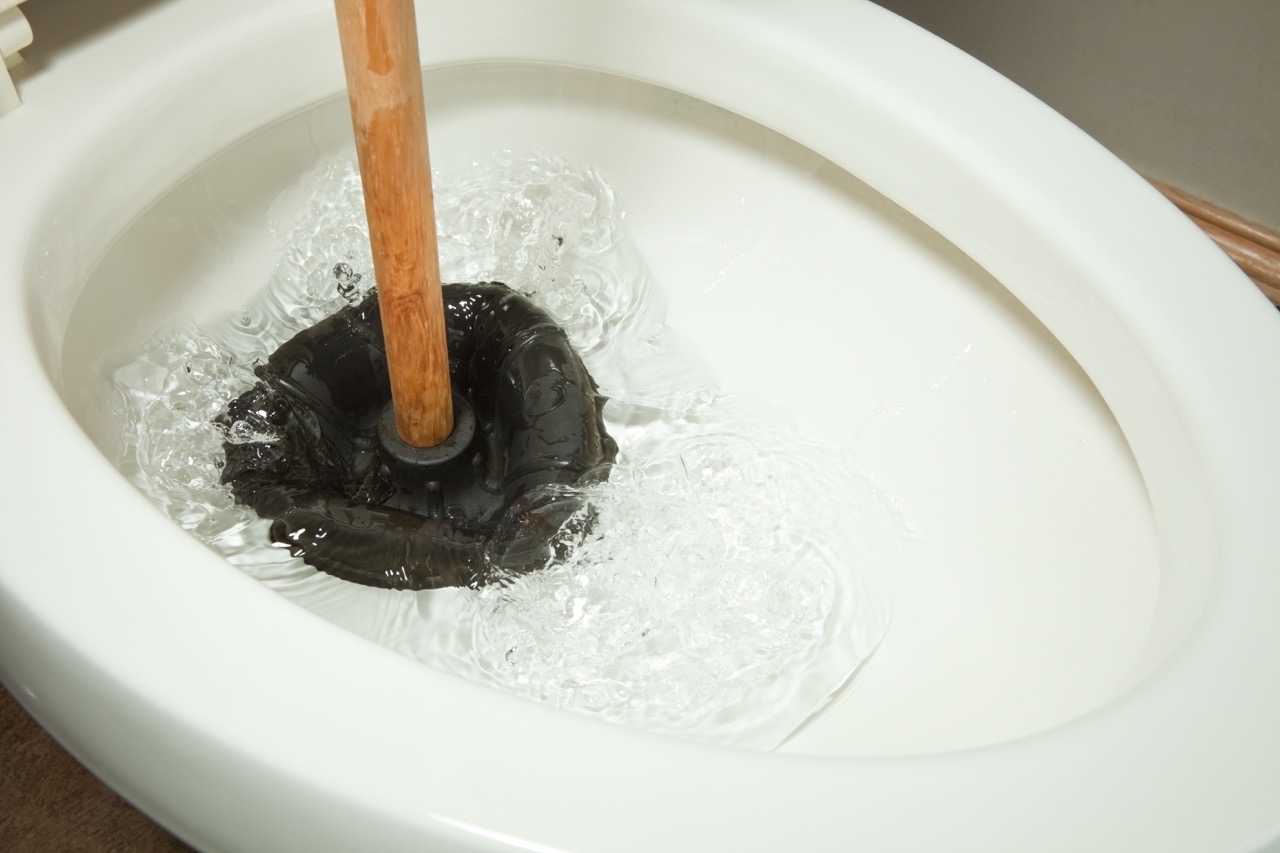
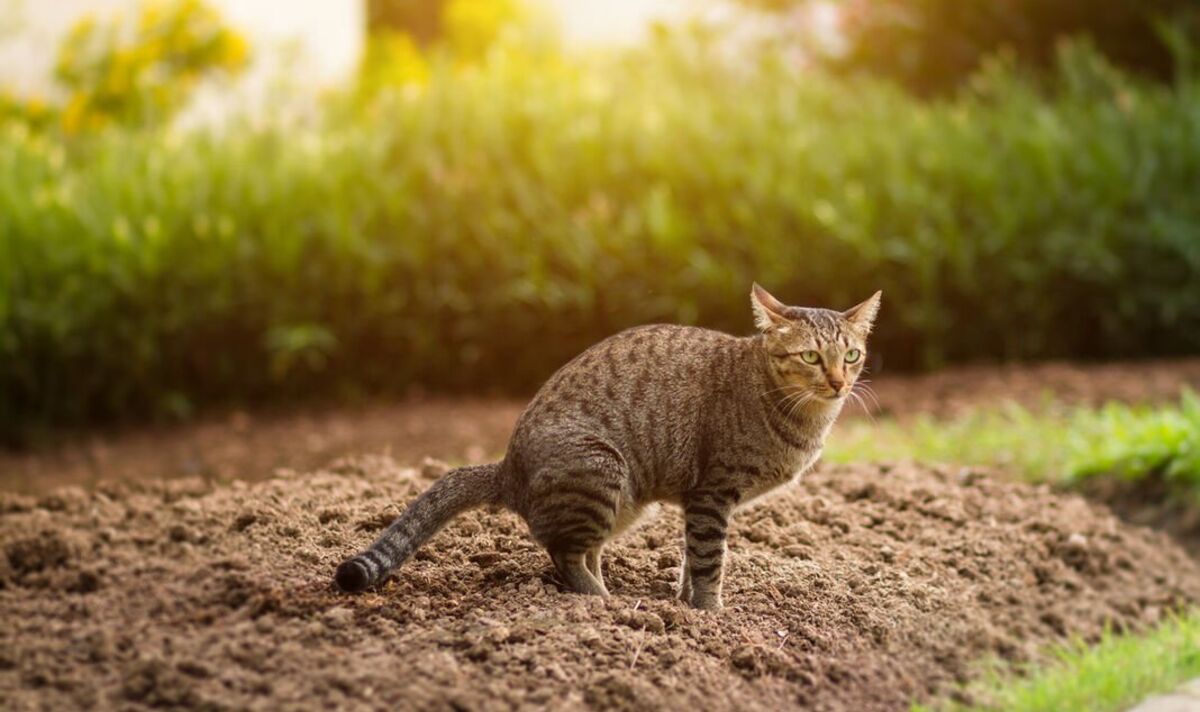
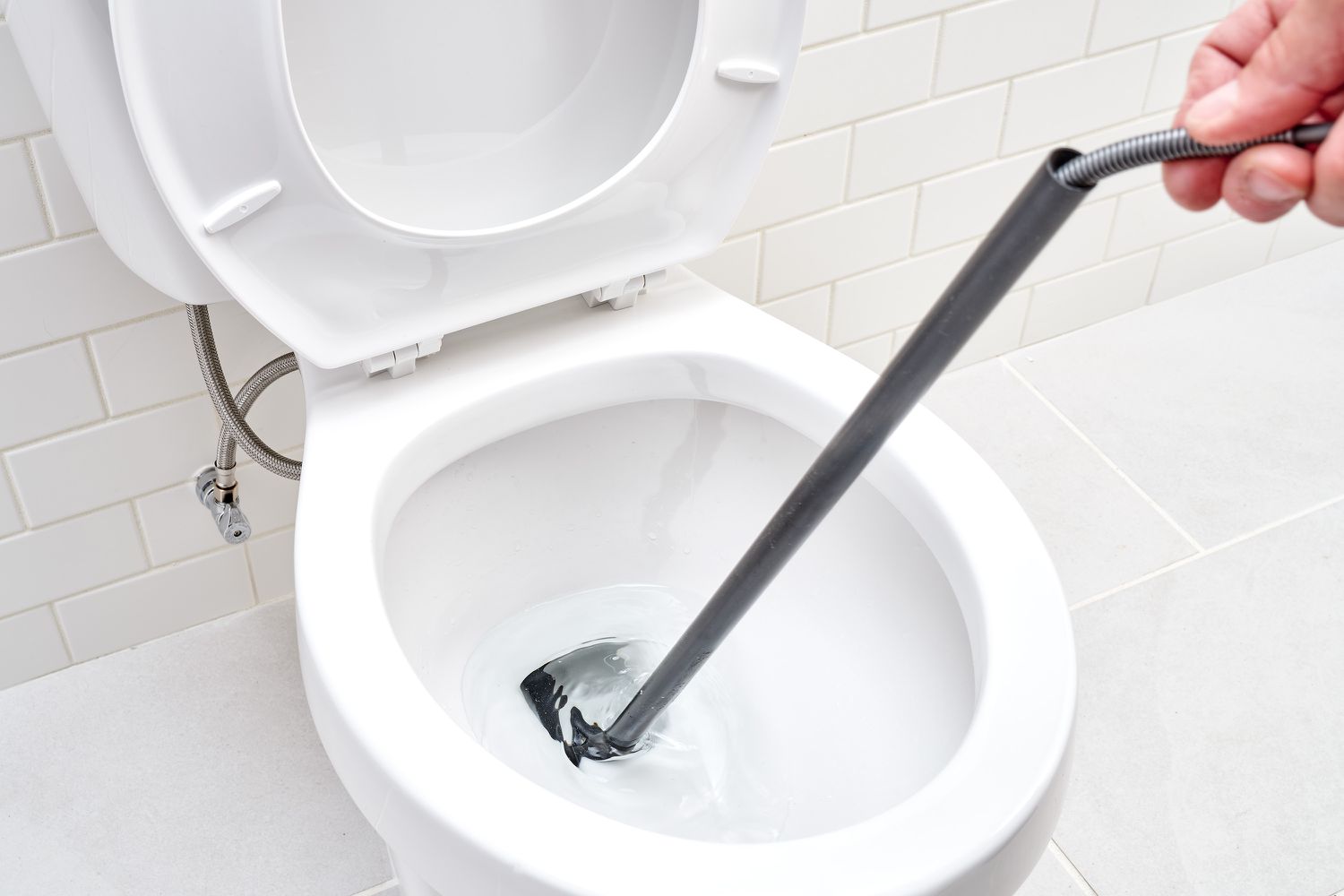

0 thoughts on “How To Train Cat To Use Toilet”